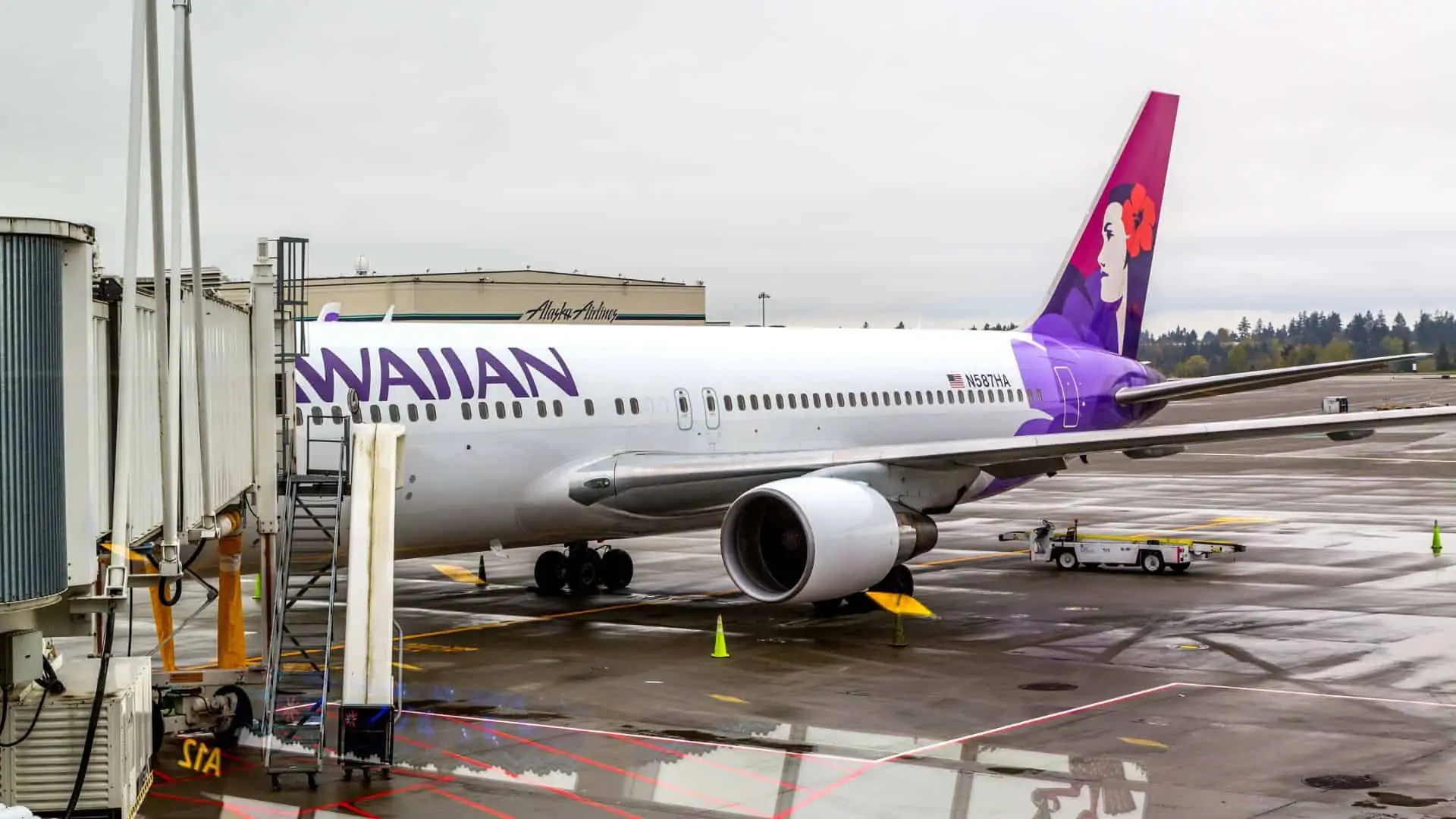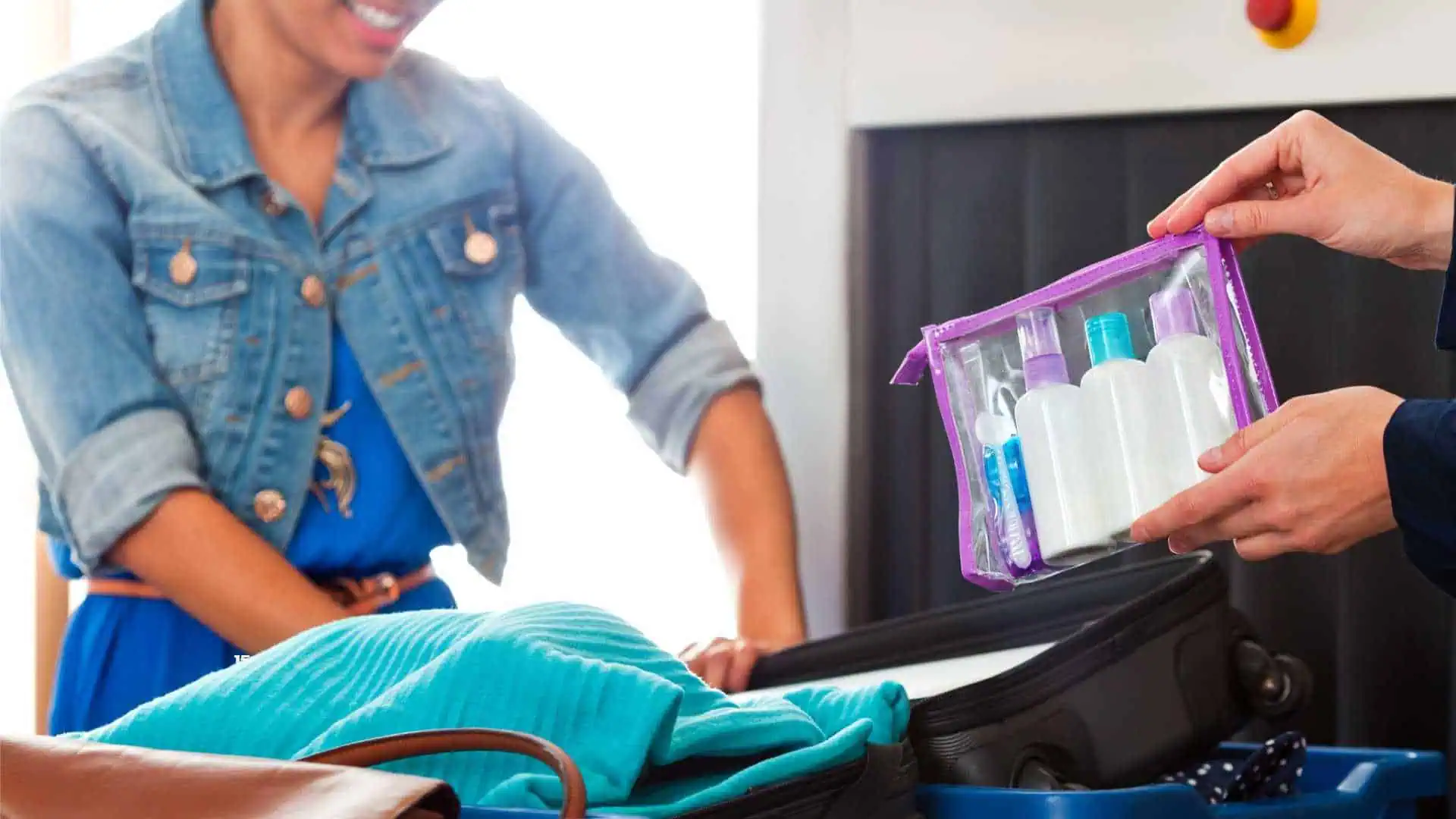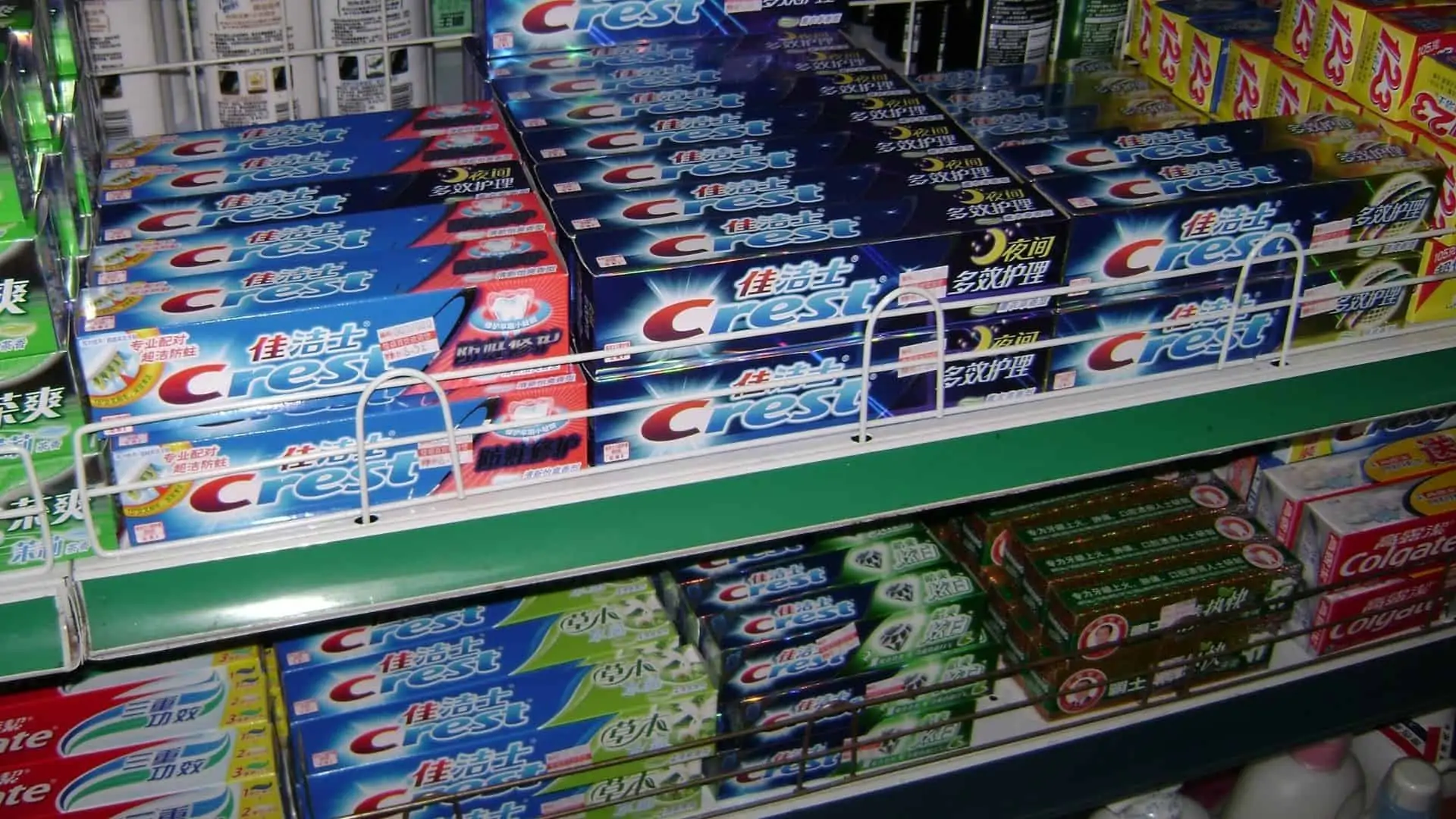Planning your next flight and wondering what’s allowed in your carry-on bag? Understanding the rules and regulations for carry-on items can help you sail through security checkpoints and make your travel experience hassle-free.
In this article, you’ll find essential information about what you can and cannot pack in your carry-on luggage, as well as guidelines set by airlines and transportation security authorities.
Knowing your carry-on limits and abiding by the rules will ensure a smoother journey as you take to the skies.
What Is Allowed In A Carry On Bag?: TSA guidelines state that passengers can bring liquids in containers of 3.4 ounces or less, which includes gels, pastes, and aerosols. Additionally, sharp objects like scissors or knives are prohibited, but certain personal items like laptops and medication are allowed. For a comprehensive list, visit the TSA website.
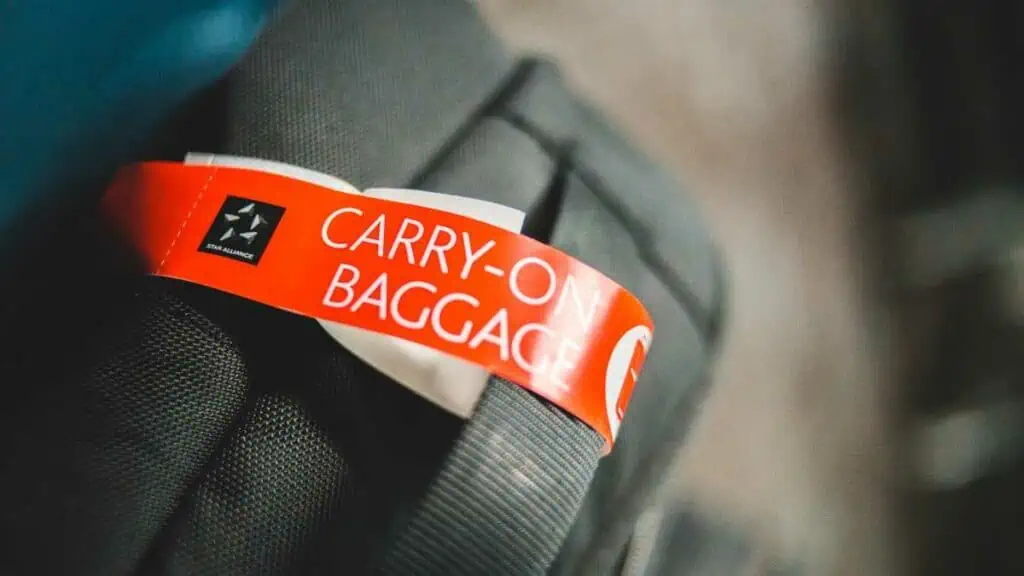
Contents
General Guidelines
When packing your carry-on bag, it’s essential to follow certain guidelines to ensure you have a smooth and hassle-free travel experience.
Size and Weight Restrictions
As airlines have different policies regarding carry-on bags, it’s crucial for you to check your airline’s specific requirements to avoid any issues at the airport. Generally, most airlines implement a maximum size policy of 22 inches by 14 inches by 9 inches, and the weight limit is usually around 22 pounds, including a personal item.
Your personal item must be able to fit under the seat in front of you. To ensure your bags comply with these restrictions, measuring and weighing them before departure is a good idea. Keep in mind that the maximum size carry-on bag for most airlines is 45 linear inches (the total of the height, width, and depth of the bag).
Carry-On vs. Checked Bags
Understanding the difference between carry-on and checked bags is important for packing your luggage effectively. Carry-on bags are the items you’re allowed to bring with you into the airplane cabin, while checked bags are larger pieces of luggage stored in the cargo hold of the aircraft during the flight.
When it comes to packing, be mindful of prohibited items in carry-on bags, as these items might be allowed in checked bags with proper packing and adherence to regulations.
For example, items such as firearms, certain tools, and sharp objects are usually not permitted in carry-on bags but can often be placed in your checked baggage.
Additionally, some items are restricted in both carry-on and checked luggage, such as high-proof alcoholic beverages and certain chemicals. Be sure to consult the TSA or your airline’s specific restrictions for more information.
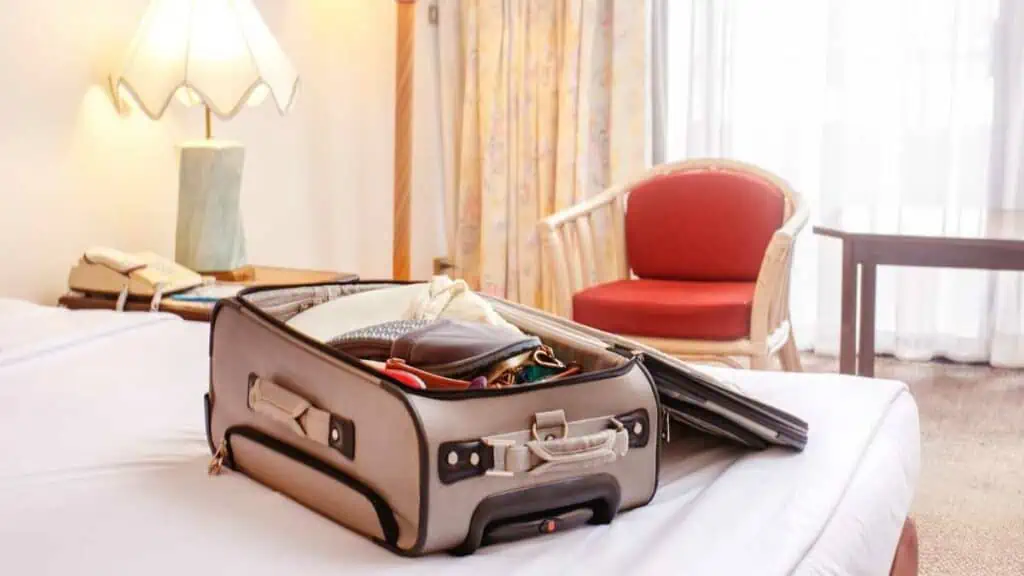
Packing Personal Items
When packing your carry-on bag, you’ll likely want to include personal items to make your trip more enjoyable or for any unexpected situations. In this section, we’ll discuss some of the most common personal items you may want to bring, including electronics, medications, food and snacks.
Electronics
Most of your personal electronic devices are allowed in your carry-on bag. These include smartphones, laptops, tablets, e-readers, and handheld gaming systems. Be prepared to power up these devices when going through security, as TSA officers might request it.
Items like hair care products, such as hair dryers and flat irons, are also allowed in carry-on luggage. Adult toys can be placed in your hand luggage as well but be aware that they may be removed during a search which could cause embarrassment.
Medications
You are permitted to bring your prescription and over-the-counter medications in your carry-on bag. It is a good idea to keep them in their original containers with clear labels to avoid any confusion or delays at security checkpoints.
If you require liquid medications, they are exempt from the 3-1-1 liquids rule, but you should inform officers about these items separately. For those who need medical equipment, such as syringes, make sure you have the appropriate documentation and labels to show they are necessary for your health.
Food and Snacks
While traveling, you might want to bring some food and snacks in your carry-on bag. Solid foods, such as sandwiches, fruit, and cookies, are allowed through security without any issues.
However, liquids, gels, and spreads must adhere to the 3-1-1 liquids rule, which means they should be in containers of 3.4 ounces (100 milliliters) or less, placed in a single quart-sized clear plastic bag. If you plan to bring a beverage, ensure that it is unopened or empty to comply with this rule.
Note, baby foods and breast milk are exempt from these restrictions, but you should notify officers about these items separately.
Liquids, Aerosols, and Gels
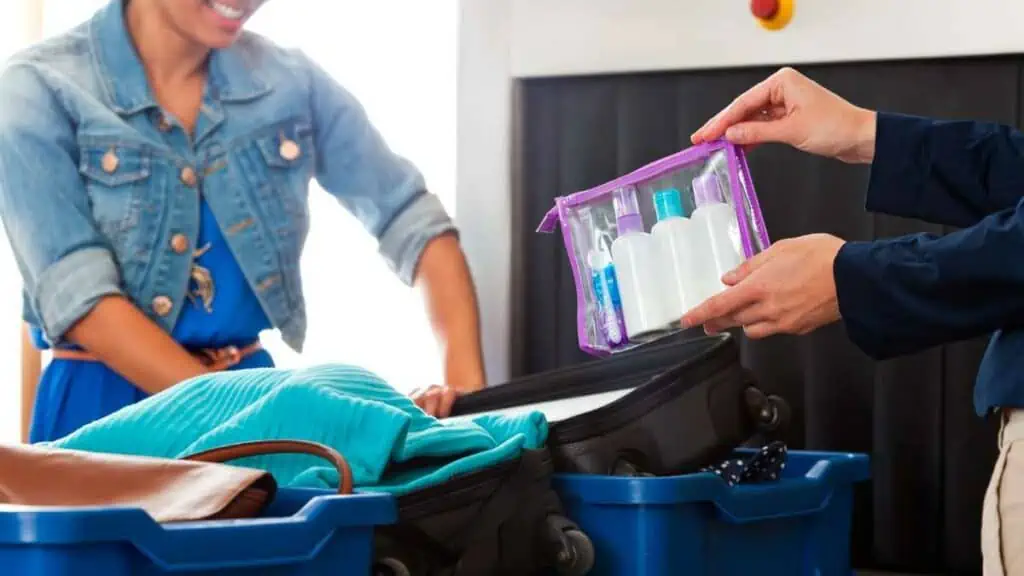
One of the most common challenges when packing your carry-on bag is understanding the regulations around liquids, aerosols, and gels. It’s important to be familiar with these rules to avoid any delays or confiscation of your belongings at the security checkpoint.
3-1-1 Rule
The 3-1-1 rule is a guideline established by the Transportation Security Administration (TSA) for taking liquids, aerosols, and gels in your carry-on bag. The rule states that:
- You may only carry containers that hold 3.4 ounces (100 milliliters) or less each.
- All containers must fit into a single 1-quart-sized clear, resealable bag.
- Each passenger is allowed to have one such bag.
By adhering to the 3-1-1 rule, you can ensure your liquids, aerosols and gels will pass through security without any issues.
Exceptions
While the 3-1-1 rule is generally applicable, there are some exceptions to consider:
- Medications: Prescription and over-the-counter medications are permitted and not subject to the 3-1-1 rule, although you should declare them at the security checkpoint.
- Baby food: If you’re traveling with an infant or young child, you’re allowed to bring baby food, formula, and breast milk that exceed the 3-1-1 rule. Be prepared to present these items separately at security.
- Assistive devices: Liquid-filled aids (like ice packs) necessary for medical needs or devices are allowed but might need additional security screening.
By understanding the rules and exceptions regarding liquids, aerosols, and gels in your carry-on bag, you can pack efficiently and breeze through security for a stress-free travel experience.
Prohibited Items
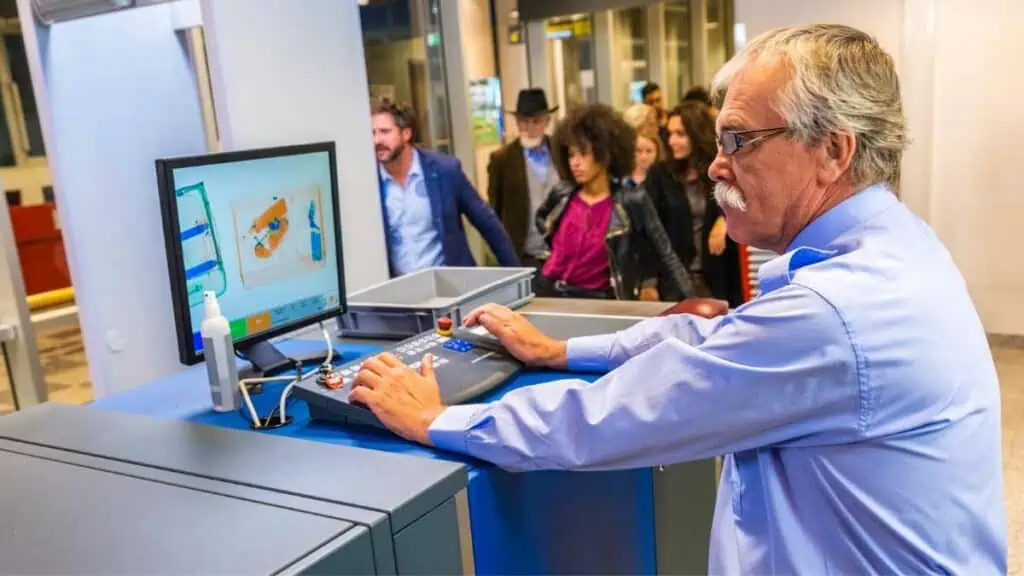
Understanding what you won’t be able to take on the plane in your carry-on bag is crucial to ensure a smooth trip. Here, we’ll go through some important categories that you must avoid packing in your carry-on luggage.
Sharp Objects
Sharp objects like knives, razors, and scissors (with blades longer than four inches) are strictly prohibited in carry-on bags. Passengers are encouraged to pack these items in their checked luggage.
Household tools such as hammers, screwdrivers, and pliers may also be restricted when over a specific length. Remember, the safety of all passengers is the top priority, so these measures help keep everyone protected.
Firearms and Ammunition
Carrying firearms and ammunition in your carry-on luggage is strictly prohibited. If you need to transport a firearm or ammunition, make sure to follow the airline’s requirements for checked baggage.
Most airlines require proper packing, labeling, and declaration of firearms and ammunition, so it’s essential to check with your carrier before flying.
Incredibly, year-on-year, the TSA finds more firearms in carry-on bags that are then confiscated. Some people never seem to learn.
Explosives and Flammable Materials
Explosives, including fireworks and flares, are not allowed in either carry-on or checked luggage. The same rule applies to flammable materials, such as lighter fluid, gasoline, or gas torches.
Keep in mind that transporting these hazardous materials could not only put your safety and that of other passengers at risk but also result in penalties.
Special Considerations
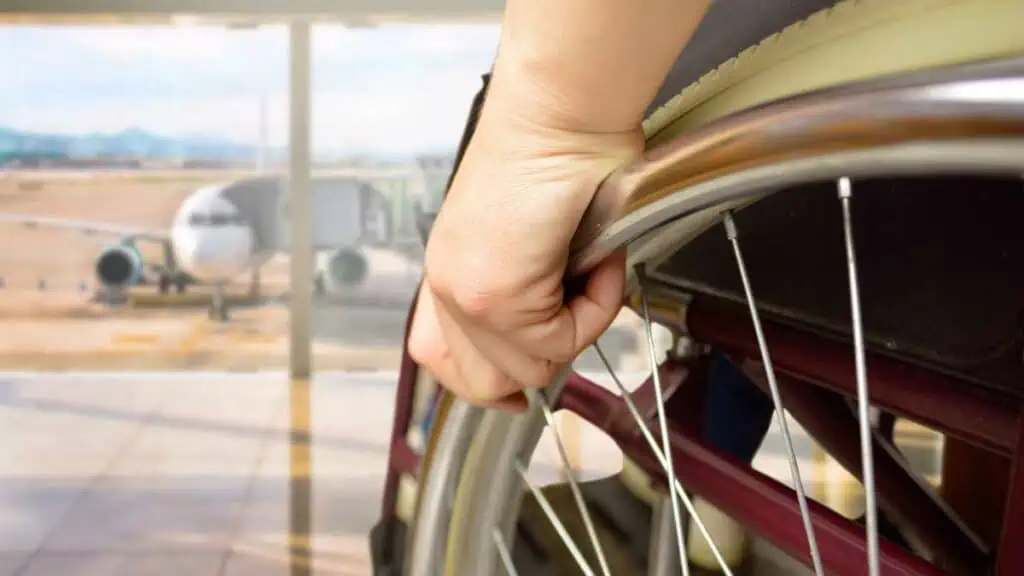
When packing your carry-on, it’s essential to be aware of certain items that require special attention.
Assistive Devices and Medical Equipment
You are allowed to bring your assistive devices and medical equipment on board. This includes wheelchairs, crutches, braces, and mobility aids. Wheelchairs will normally need to be placed in the hold after the passenger is in their seat.
Items should meet the size requirements of your airline:
- Carry-on bags: 22 inches long, 14 inches wide, 9 inches high (including handles and wheels)
- Personal items: 18 inches long, 14 inches wide, 14 inches high
Remember to pack necessary medical supplies such as medications, syringes, or inhalers in a separate, clear plastic bag for easy access and screening.
Infant and Child Items
Traveling with infants and children can be a challenge, but knowing what you can bring on board will make your trip easier. Diaper bags, baby food, and milk are allowed in reasonable quantities.
You may also bring collapsible strollers and car seats, as long as they adhere to the airline’s size restrictions.
Sports Equipment
Some sports equipment like balls, bats, and small gadgets are permitted in carry-on bags. However, you should check your airline’s policy, as certain items like golf clubs or ski poles might need to be checked.
Be sure to securely store any sharp or protruding objects so they do not pose a risk during turbulence.
Musical Instruments
Smaller musical instruments like guitars or violins are generally allowed in carry-on luggage, provided they fit within the airline’s size guidelines. Keep in mind, some airlines have specific policies regarding musical instruments, so it’s best to check with your airline beforehand.
International Travel
When packing your carry-on bag for international travel, you need to consider not only the typical TSA rules but also the customs regulations and country-specific restrictions of your destination. In this section, you’ll learn about these aspects and ensure that you are well-prepared for your trip.
Customs Regulations
Customs regulations vary from country to country, but there are some general guidelines you can follow when packing your carry-on bag. Be mindful of the following restrictions:
- Firearms and ammunition are almost universally forbidden for international travel in carry-ons.
- Meat and seafood products, along with other consumable items that could pose threats to public health, are typically not allowed in your bag.
- Certain kinds of plants categorized as invasive species are also typically restricted or banned.
Always check the specific customs regulations of your destination country to avoid any issues at the airport.
Country-Specific Restrictions
Some countries have specific restrictions that apply to items in your carry-on bag. These may include:
- Liquids: In general, you are allowed to carry on liquids in containers not exceeding 3.4oz/100ml. However, you should always check with your airline before bringing any alcoholic beverages on board.
- Power banks and portable chargers: These are only permitted in carry-on luggage and must have a rating of 100 watt-hours (Wh) per battery or less. Larger spare batteries may also be permitted, but check with your airline to confirm.
Before traveling, it’s essential to research the specific rules and regulations for your destination country to ensure you pack accordingly and avoid any potential complications during your trip.
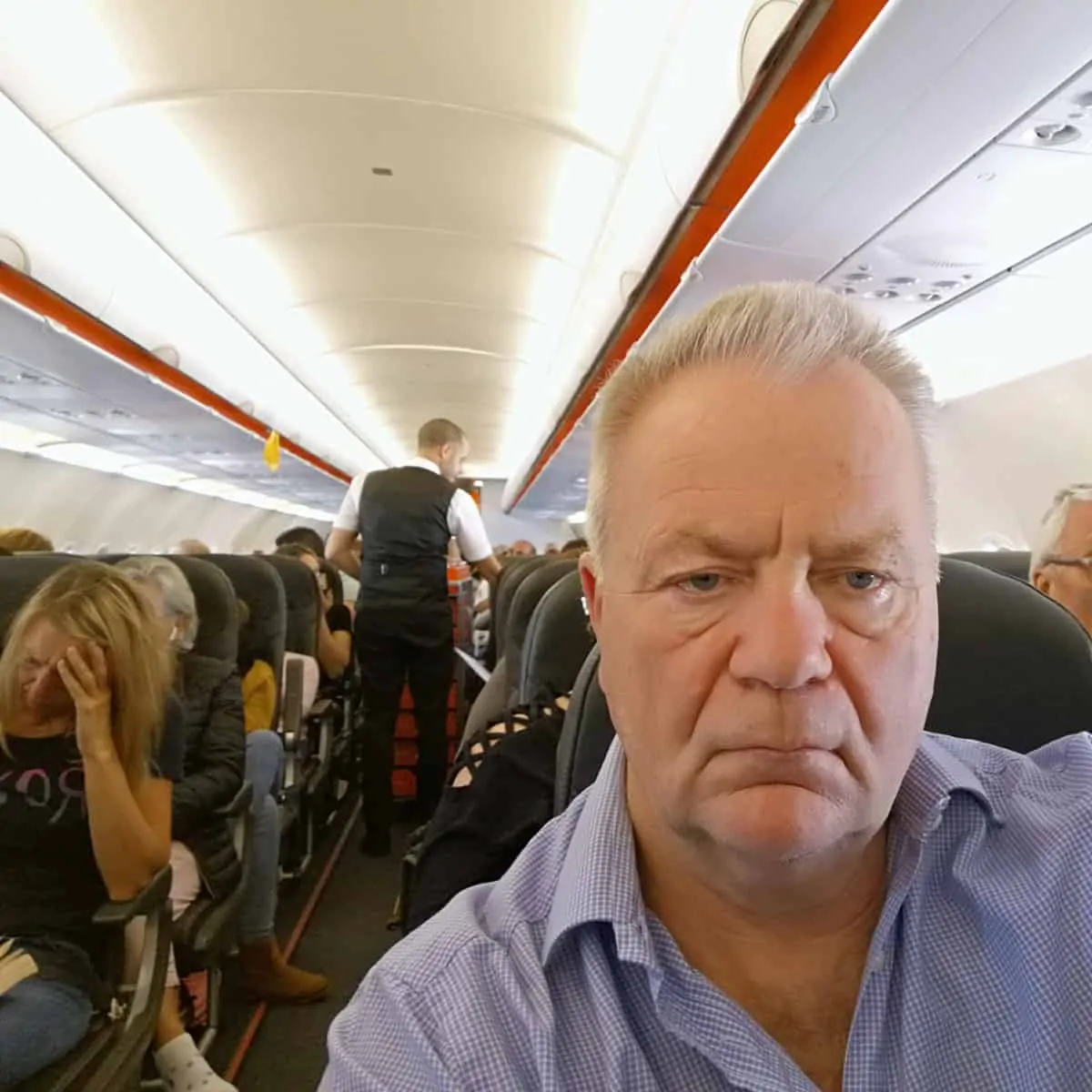
I have been traveling around the world by air since the early 70s and living overseas too. I worked for British Airways for a number of years and I am also a private pilot. About Me

